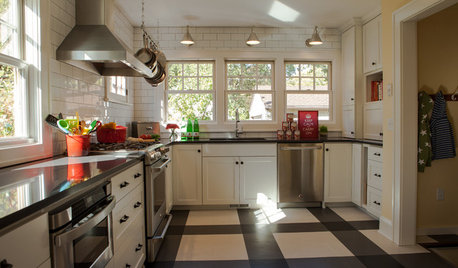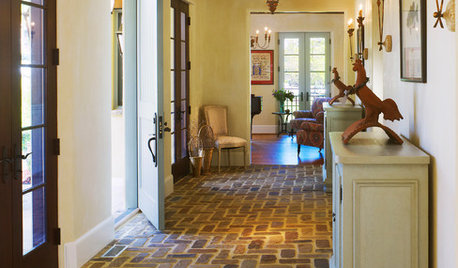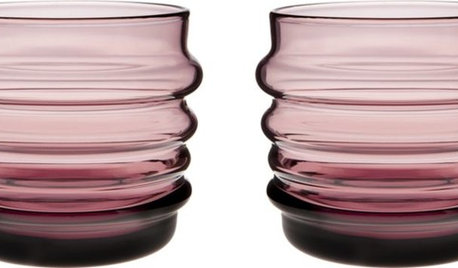A few questions about radiant heat
plumberry
13 years ago
Featured Answer
Comments (10)
salmon_slayer
13 years agolast modified: 9 years agoRelated Professionals
Carlisle Kitchen & Bathroom Designers · Henderson Kitchen & Bathroom Designers · Montebello Kitchen & Bathroom Designers · Montrose Kitchen & Bathroom Designers · Saint Peters Kitchen & Bathroom Designers · Springfield Kitchen & Bathroom Designers · Overland Park Kitchen & Bathroom Remodelers · Park Ridge Kitchen & Bathroom Remodelers · Santa Fe Kitchen & Bathroom Remodelers · Homestead Glass & Shower Door Dealers · Springville Glass & Shower Door Dealers · College Park Glass & Shower Door Dealers · Avocado Heights Cabinets & Cabinetry · Highland Village Cabinets & Cabinetry · Whitney Cabinets & Cabinetryshaughnn
13 years agolast modified: 9 years agodavidro1
13 years agolast modified: 9 years agoplumberry
13 years agolast modified: 9 years agoMongoCT
13 years agolast modified: 9 years agolive_wire_oak
13 years agolast modified: 9 years agoshaughnn
13 years agolast modified: 9 years agosalmon_slayer
13 years agolast modified: 9 years agoweedyacres
13 years agolast modified: 9 years ago
Related Stories

FLOORSIs Radiant Heating or Cooling Right for You?
Questions to ask before you go for one of these temperature systems in your floors or walls (yes, walls)
Full Story
GREAT HOME PROJECTSHow to Add a Radiant Heat System
Enjoy comfy, consistent temperatures and maybe even energy savings with hydronic heating and cooling
Full Story
FLOORSFloors Warm Up to Radiant Heat
Toasty toes and money saved are just two benefits of radiant heat under your concrete, wood or tile floors
Full Story
FLOORSWhat to Ask When Considering Heated Floors
These questions can help you decide if radiant floor heating is right for you — and what your options are
Full Story
GREEN BUILDINGConsidering Concrete Floors? 3 Green-Minded Questions to Ask
Learn what’s in your concrete and about sustainability to make a healthy choice for your home and the earth
Full Story
KITCHEN DESIGNKitchen of the Week: Drab and Dysfunctional to Radiant in Minnesota
Clunky storage and lackluster floors get nixed in favor of open shelves, plaid vinyl and an effective kitchen work triangle
Full Story
FEEL-GOOD HOMEEmbrace a Few Beautifully Weathered Surfaces for a Happy, Durable Home
You don’t need to worry so much about scuff marks and dings when you accept the character and beauty of wear
Full Story
PRODUCT PICKSGuest Picks: Raise a Glass to Radiant Orchid
Celebrate the new year with barware and glasses done up in hues akin to Pantone's 2014 Color of the Year
Full Story
REMODELING GUIDESConsidering a Fixer-Upper? 15 Questions to Ask First
Learn about the hidden costs and treasures of older homes to avoid budget surprises and accidentally tossing valuable features
Full Story
REMODELING GUIDES9 Hard Questions to Ask When Shopping for Stone
Learn all about stone sizes, cracks, color issues and more so problems don't chip away at your design happiness later
Full Story






mamka